#1830s french fashion
Explore tagged Tumblr posts
Text
At risk of having completely misunderstood what it is you wanted, here are some progress photos from the 1830s waistcoat with a shawl collar that I made in June/July using this Black Snail pattern.







hey guys quick question, how the fuCK do you stitch a shawl collar
the physics are evading me and i am Frustrated
#the one of con and dengue fame#I actually still haven't finished the overcoat bc they are still sold out of the fabric I need and I am ONE meter short#BUT SOMEDAY#I did wear the rest of the outfit to a LM production and got rave reviews#(the production was also great ofc)#anyway if this was helpful or OP has more questions lmk???#historical costuming#1830s french fashion#1830s men's fashion#personal#but yeah so there are a couple of layers of fabric that you pad stitch to give structure#(I used neon yellow thread but it doesn't show up well in these pics)#and then the twill serves two purposes: one is to bind those edges#but the other (esp for the piece at the collar) is to add structure#the one at the collar is meant to be quite taut#so that when the waistcoat is curved around the neck (this is why the collar is basted) the twill pulls in the other direction#causing the fabric to fold#and then you add the contrasting (on non-contrasting) fabric over it to finish#and then the back gets attached et cetera#I have more pics of the Before and After steps but I figured they were irrelevant if OP just want to know about the shawl collar
32 notes
·
View notes
Text

Stereoview by Underwood & Underwood entitled The French Dancing Master, 1897
#mother says it's ok to bare your ankles if he's French#incidentally this French dancing master has rather comely ankles himself#19th century#1800s#1890s#well 1890s does 1830s#19th century fashion#historical fashion#historical costuming#fashion history#women's fashion#men's fashion#victorian#victorian fashion#19th century photography#stereoview#stereoscopic
409 notes
·
View notes
Text

Children's outfits, circa 1830s.
Costume d'Enfans de quatre huit et douze ans.
Outfits for children four, eight, and twelve years old.
#historical fashion#fashion plates#children's fashion#decade: 1830s#century: 1800s#19th century#clothing#outfit#blue#teal#nationality: french#publication: modes de paris#era: romantic#era: victorian#era: early victorian#era: georgian#era: late georgian#era: july monarchy#colour illustration#adolescent's fashion
32 notes
·
View notes
Text

Soir dehors dans Le Marais
#combeferre#les miserables#les mis#1830s#1820s#historical fashion#french history#fashion study#art#traditional art#character design#graphite#sketchbook#my art
57 notes
·
View notes
Text
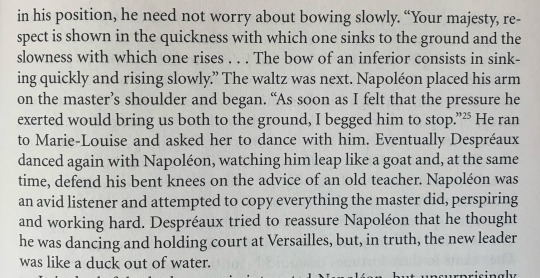
Napoleon gets dancing lessons in 1811 and he apparently leaps like a goat 🤭
#cuteeee#the dancing empire#Jean- Etienne Despréaux#Despréaux#Napoleon#napoleon bonaparte#Marie Louise#book#1811#dancing#books: The Lure of Perfection: Fashion and Ballet 1780-1830: Bennahum Judith#napoleonic era#napoleonic#first french empire#19th century#1800s#history#french empire#France#french history
54 notes
·
View notes
Text
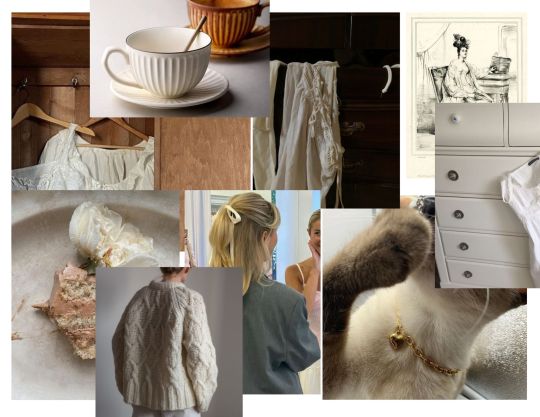
#boho fashion#english cottage decor#best movie quotes#70s western fashion#apartment#apartment aesthetic#victorian corset#vintage corset#1830 dress#1830s dress#wedding corset#velvet dog collar#fancy dog collar#designer dog collar#collar chain#luxury dog collars#vanilla bean ice cream#food porn#french vanilla#vanilla latte#natural nails#cottage aesthetic#fairycore#ethereal#summer cottage#forestcore
10 notes
·
View notes
Text
La Cachucha
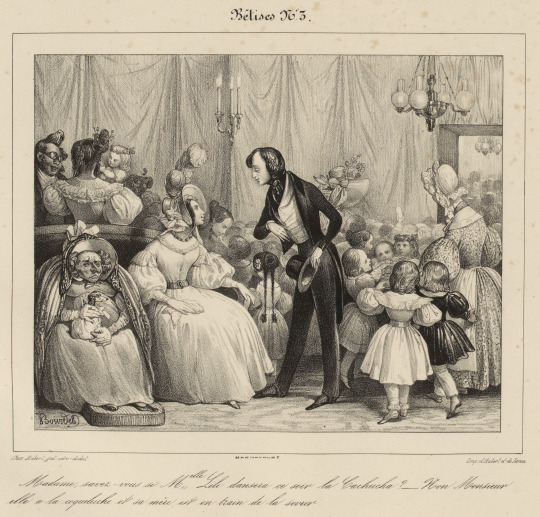
1837 caricature print by Jules Joseph Guillaume Bourdet (Paris Musées).
The caption reads:
Madame, savez-vous si Mademoiselle Lili dansera ce soir la Cachucha? — Non Monsieur elle a la coqueluche et sa mère est en train de la sevrer.
(Madame, do you know if Mademoiselle Lili will dance the Cachucha this evening? No Sir, she has whooping cough and her mother is weaning[?] her)
Ignoring the odd choice of words, La Cachucha is a dance of Spanish origin that was a big deal in the 1830s, and I found a delightful video:
youtube
Although the quality is not the best of the several cachucha videos on YouTube, the dancer's movements look like they're right out of 1830s social dancing illustrations!
Her costume is modeled on that of Fanny Elssler in the 1836 ballet Le Diable boiteux, which made the cachucha wildly popular:
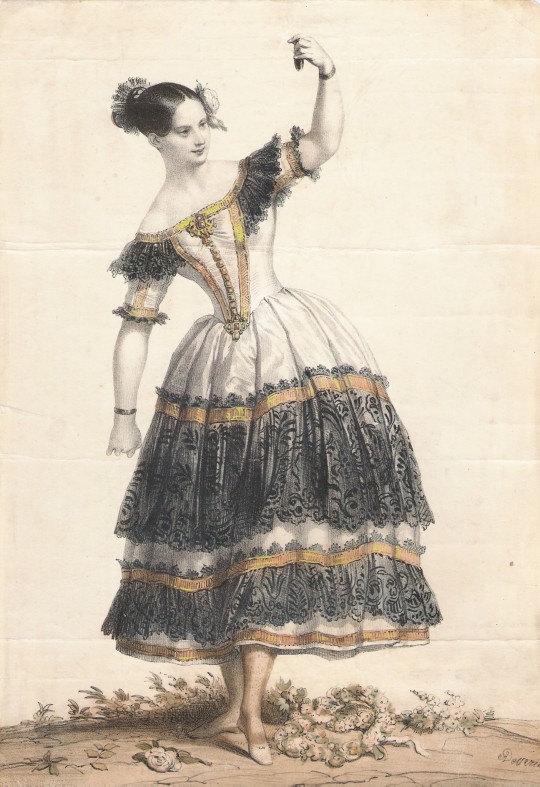
#Eighteen-Thirties Thursday#1830s#la cachucha#romantic era#dancing#social dance#fashion#fanny elssler#le diable boiteux#fashion history#is there some archaic sense of 'sevrer' that means 'nursing' (i assume?). because that's not what the french dictionary said.
57 notes
·
View notes
Photo
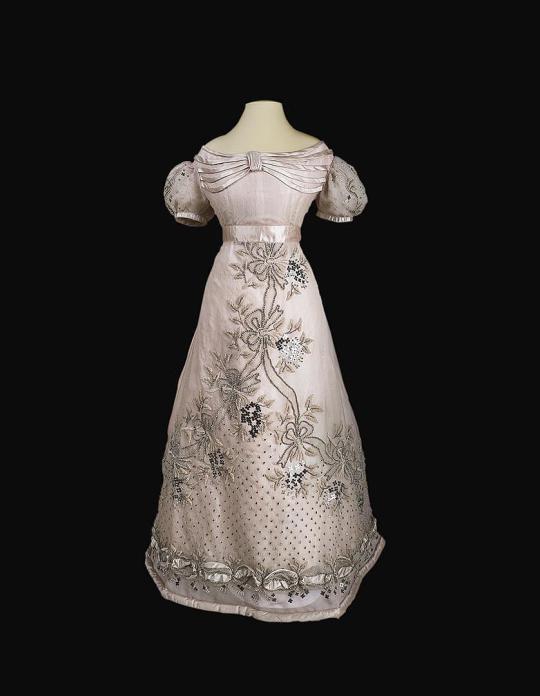


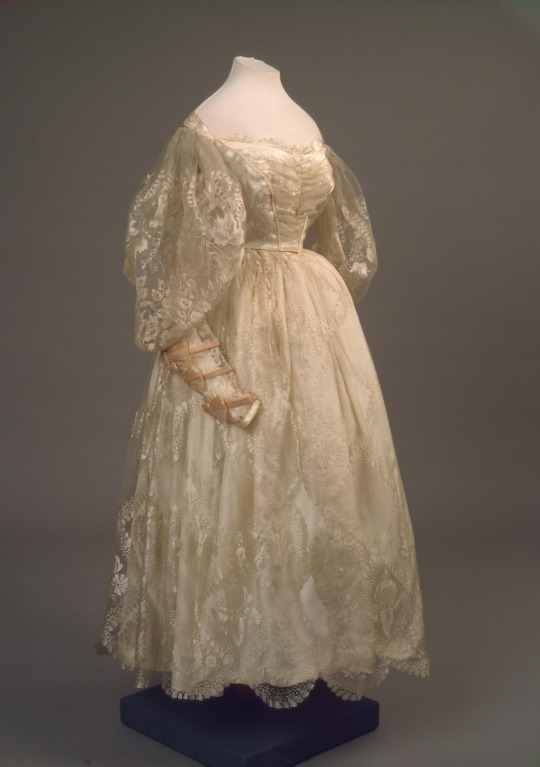
Glam dresses worn by Zinaida Ivanovna Yusupova (from top to bottom) -
1826-1827 Ball gown of Princess Zinaida Ivanovna Yusupova (Hermitage) From fripperiesandfobs.tumblr.com/page/5 838X1080.
1826-1827 Another ball gown of Princess Zinaida Ivanovna Yusupova (Hermitage) From fripperiesandfobs.tumblr.com/page/5 714X1080.
1826-1827 One more ball gown of Princess Zinaida Ivanovna Yusupova (Hermitage) From fripperiesandfobs.tumblr.com/page/5 656X1080.
1831-1833 Evening Dress of Princess Zinaida I. Yusupova (Hermitage). From their Web site 1351X1920.
#1820s fashion#1830s fashion#French restoration fashion#Romantic era fashio#Biedermeier fashion#Zinaida Ivanovna Yusupova#off shoulder straight neckline#bateau neckline#pleated bodice#quarter-length full sleeves#gigot sleeves#waist band#natural waistline#full skirt#rouleaux
32 notes
·
View notes
Text

attr. Henri Grevedon, "Young Girl" (c.1835)
via collections.mnbacq.org
#henri grevedon#art#fine art#sketch#19th century#19th century art#drawing#french art#french artist#romantic era#romantic period#1830s#fashion history#historical fashion
19 notes
·
View notes
Text





I very definitely forgot why I was getting mail from France for a second. It's still not the crucifix I lost at the Ghovie, but it's not bad. Some of the medallions came as a lot with the crucifix, but then I got a few more of notre dame de Lourdes (different variations; some the church, some Mary, all with the apparition scene) for earring charm potential. Actually, aside from the one that turned out to be Benedict, I think they're all her.
Also, if anyone is more knowledgeable than me on 19th century jewelry, can they maybe give an estimate on age for the rosary? The oldest medallion on it is dated 1830, the newest 1881, but of course they could have been moved or added at any time, so I don't actually know.
#jewelry#notre dame de lourdes#antique jewelry#19th century#French#fashion history#1830s#1880s#1880s fashion#1830s fashion
1 note
·
View note
Text
I feel like I've worn this dress before
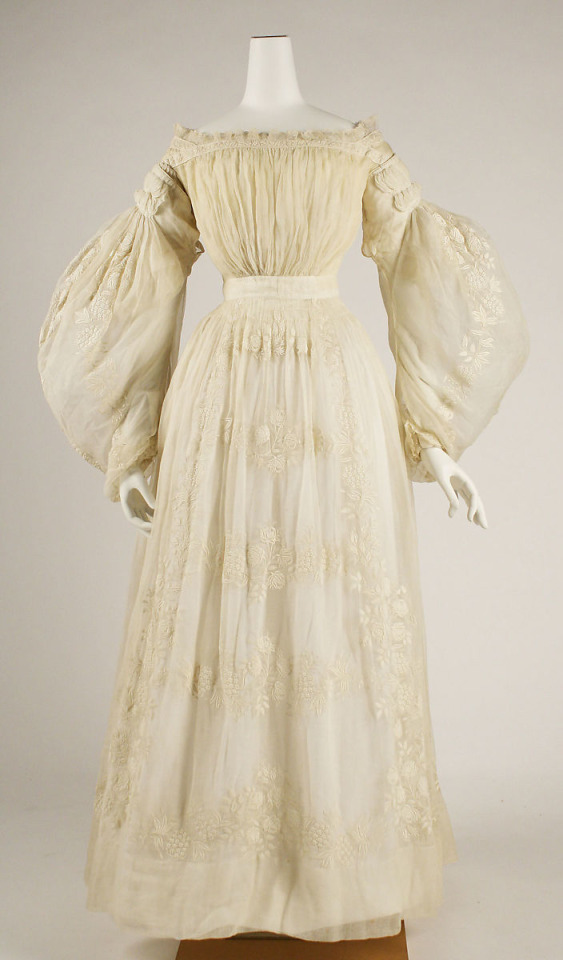
Wedding dress
ca. 1837
French
33 notes
·
View notes
Text
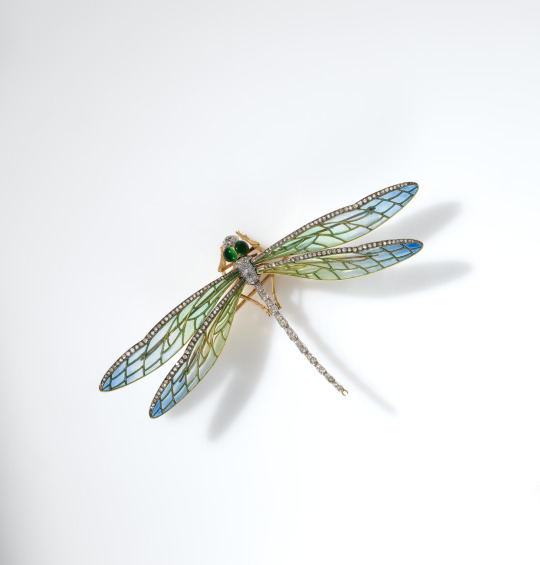
Brooch
Edgar Bense for Boucheron
c.1890
Conceived as a dazzling dragonfly with delicate plique-à-jour wings, this brooch epitomizes the Art Nouveau style in both fashion and manufacture. With its translucent wings set en tremblant and its sparking rose-cut diamonds, the present jewel catches the light brilliantly. In the enameling technique called plique-à-jour, vitreous enamel is applied to openwork wire cells without a backing, creating the transparent effect of stained glass. The house of Boucheron was founded in 1858 by Frédéric Boucheron (1830–1902). First opened in the Galerie de Valois, under the arcades of the Palais Royal, the shop was perfectly situated in the center of Second Empire Parisian luxury. In 1893 Boucheron moved to the Place Vendôme—the first of the great French houses to occupy that location—where it remains headquartered to this day, with more than 30 branches across the globe.
The MET (Accession Number: Accession Number: 2018.447.1)
#brooch#art history#1890s#art nouveau#jewelry#belle epoque#fashion history#19th century#historical fashion#france#turn of the century#gold#diamond#enamel#the met#those wings just make me go !!!!!!!
605 notes
·
View notes
Text

Women's Summer Dress, 20th June 1834.
Chapeau en paille de riz. Robe en Mousseline brodée.
Hat of rice straw. Dress of embroidered muslin.
#historical fashion#fashion plates#women's fashion#clothing#dress#19th century#century: 1800s#summer dress#year: 1834#day: 20th#date: 20 june 1834#month: june#decade: 1830s#summer#gown#pink#muslin#hat#bonnet#straw hat#accessories#era: romantic#era: georgian#era: july monarchy#nationality: french#publication: modes de paris#white#blue#op's favourites#colour illustration
7 notes
·
View notes
Text
To distract myself from the horrors of reality, I've been diving into Javert/Valjean fanfics. Some are lovely, some captivating, and some just silly but amusing. I've even found several favourite authors. While I'm fully aware that these interpretations of Javert and Valjean bear little resemblance to Hugo’s characters, they provide entertainment, feature some recognizable traits, and are often well-written. However, as a historian, I can't help but cringe at the anachronisms and messy everyday details that crop up.
I can overlook most of these issues, given the specific nature of fanfics. However, one recurring detail that baffles me is the frequent mention of TEA in almost every Valvert fanfic set in the canon era. I can take it that they eat porridge and eggs with bacon for breakfast – let it be, at least it doesn’t happen that often. But TEA?! In France? In the 1830s? At home? To indulge in tea drinking during this period, one would have to be either a crazy Anglophile or Sinophile. And one had to be rich to afford it. While it's true that the French did drink tea (Napoleon himself was a fan), it was largely limited to aristocrats or wealthy bourgeois. Valjean might qualify as the latter, but he wouldn't likely splurge on such a fancy beverage for himself. And let's not forget that tea required expensive porcelain tea sets.
Furthermore, tea was typically enjoyed outside the home in fashionable salons de thé, rather than being a household beverage like it was in Britain. So, if you're writing Valjean/Javert (or any Les Mis) fanfic, please reconsider having them drink tea. Water and/or wine would be a much more plausible choice. Or at least explain why they drink tea. Even coffee wouldn't be ideal, as it wasn't yet a common household beverage at that time. It was the Germans who first adopted the tradition of making coffee at home, as it was initially considered unsuitable for women.
#les miserables#valvert#les mis#fanfic#a historian's recommendations no one asked for#you're welcome#tea in canon era fanfics
87 notes
·
View notes
Text



French 'Sabre a l'Orientale' cavalry officers' sword
The 'Sabre a l'Orientale' (often called mameluke swords in English) gained popularity with fashionable officers during the French campaign in Egypt and Syria (1798 to 1801).
Initially, these swords would have been acquired in battle either as a trophy, from being given as a token of respect by allies, or from a surrendering foe.
However, as the fashion spread throughout Europe, local sword makers and cutlers began to produce their own interpretations of the style, such as the regulation dress sabres of British Lancers.
This sword style remains in service today as the British 1831 Pattern General Officers sword and US Marine Corps Officer dress sword.

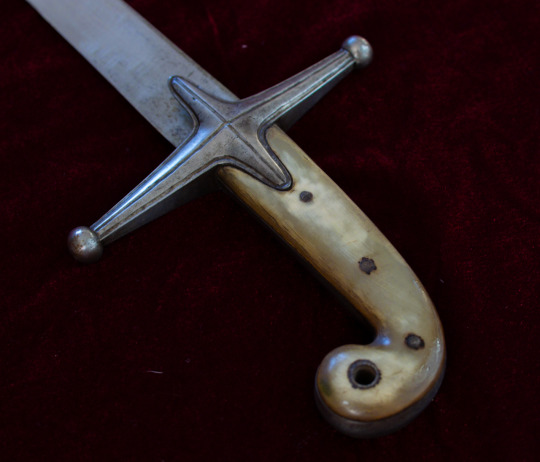
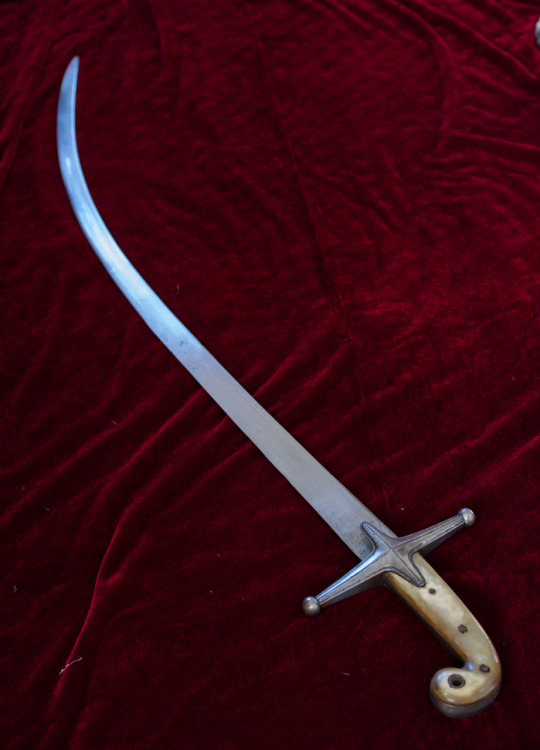
My sword likely dates from 1810 to 1830 and caught my interest because it features an Eastern-produced shamshir blade mounted in a European-made mameluke-style hilt with cow or buffalo horn grip scales. The sword is plain and functional without the ornamentation typically found on swords belonging to senior officers. Going by the style of scabbard drag, this sword originally belonged to a French cavalry officer.
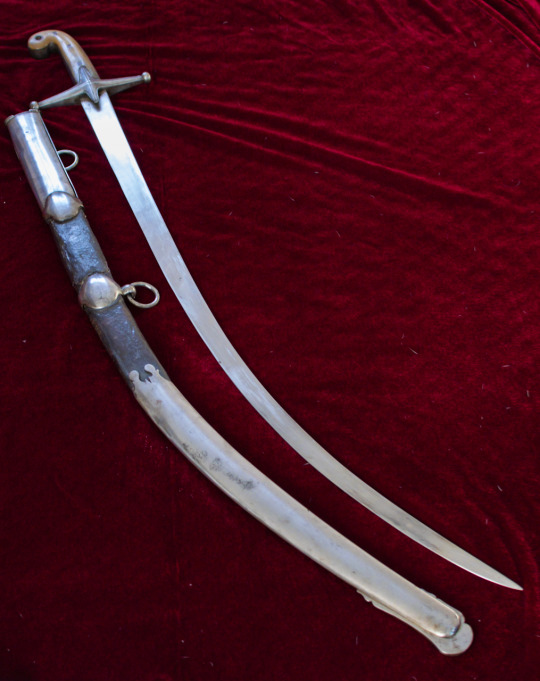
Stats: Overall Length - 950 mm Blade Length - 805 mm Curve - 75 mm Point of Balance - 1730 mm Grip Length - 125 mm Inside Grip Length - 94 mm Weight - 920 grams
#sabre#sword#sabres#swords#antiques#military antiques#French swords#Mameluke#napoleonic wars#mamaluke sabre#Sabre a l'orientale
105 notes
·
View notes
Text
so yknow how long hair was like out of fashion for men by the 1830s? I think that only two of the canon era amis had long hair and those are jehan and enjolras.
jehan has long hair because he's a Romantic who hates societal constraints and modern fashion. enjolras has long hair because a) french revolution enthusiast and b) he literally forgets to get it cut.
#les mis#les amis#les miserables#enjolras#jehan#jean prouvaire#jehan's is like LONG long#like long enough to braid#enjolras's goes to maybe his shoulders#he looks like an 1830s blond saint just#pigeon.txt
258 notes
·
View notes